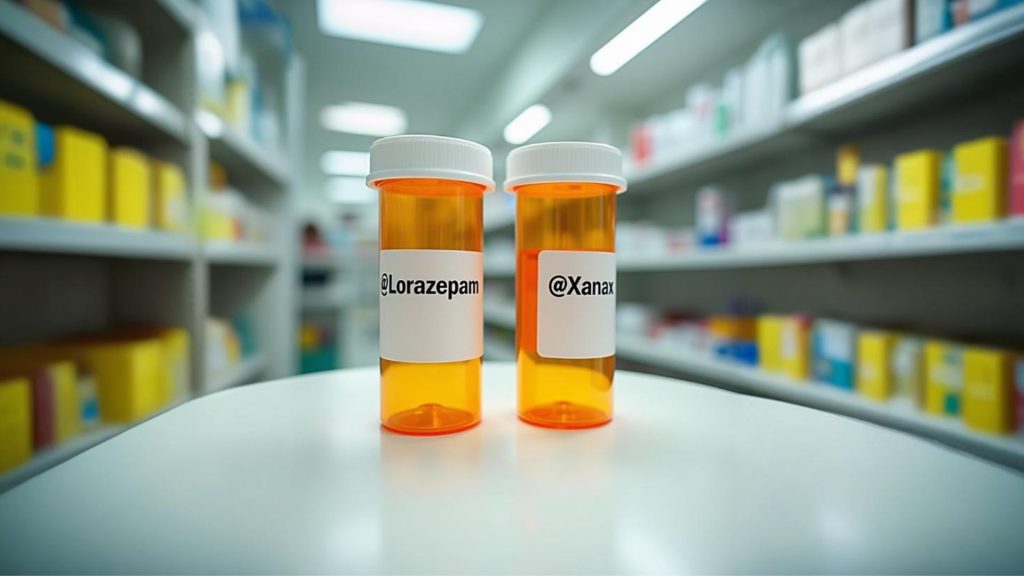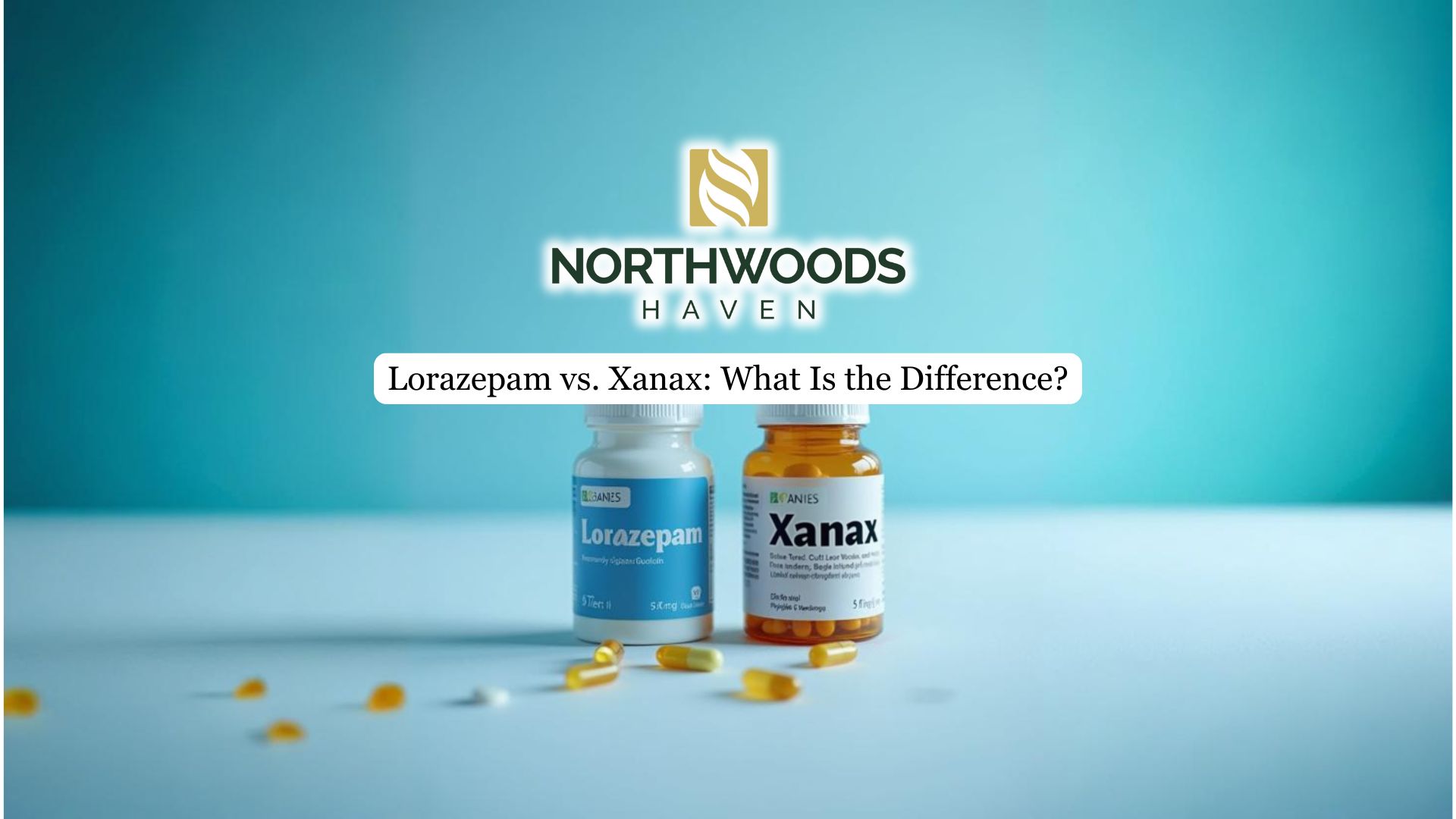Lorazepam (Ativan) and Alprazolam (Xanax) are two of the most commonly prescribed benzodiazepines for managing anxiety and panic disorders. While they have similar mechanisms of action, their differences in onset, duration, and risk factors influence which one is most appropriate for a given condition.
This guide provides a detailed comparison of Lorazepam and Xanax, helping individuals and healthcare providers make informed decisions about treatment.
What Are Lorazepam and Xanax?
Lorazepam and Xanax are prescription benzodiazepines used to manage anxiety and related conditions. Xanax is primarily prescribed for panic disorder and generalized anxiety disorder (GAD) due to its fast-acting effects. Lorazepam is often used for anxiety, insomnia, and seizures because of its longer duration of action.
Since both medications carry a risk of dependence and withdrawal, they should be used under medical supervision. If you or a loved one is struggling with benzodiazepine dependence,
Check out our Benzodiazepine Addiction Treatment in Minneapolis, which provides expert care for safe withdrawal and long-term recovery.

How Do Lorazepam and Xanax Work?
Both medications enhance the activity of gamma-aminobutyric acid (GABA), a neurotransmitter that slows brain activity and promotes relaxation. By increasing GABA’s calming effects, these drugs diminish overactivity in the nervous system, reducing anxiety and preventing panic attacks. While their mechanism of action is the same, differences in potency, metabolism, and half-life affect their clinical use and withdrawal potential.
Onset and Duration of Effects
Xanax is a fast-acting benzodiazepine that reaches peak effectiveness within one to two hours after ingestion. Its effects typically last for about six hours, making it suitable for acute anxiety episodes and panic attacks.
Lorazepam takes slightly longer to reach peak levels, usually within two hours. However, its effects last longer, ranging from eight to twelve hours. This extended duration makes Lorazepam a preferred choice for managing generalized anxiety disorder (GAD) and conditions requiring sustained symptom relief.
Dosage Comparison: Xanax vs. Lorazepam
Xanax is available in doses ranging from 0.25 mg to 2 mg, often prescribed multiple times a day due to its shorter half-life. It is highly potent, meaning lower doses can have significant effects.
Lorazepam comes in doses between 0.5 mg and 2 mg. Although it is less potent than Xanax, its longer-lasting effects often require fewer doses per day. Doctors determine dosage based on the patient’s condition, medical history, and response to treatment.
Side Effects and Risks
Common side effects of both medications include drowsiness, dizziness, coordination issues, and cognitive impairment. In some cases, these drugs may cause respiratory depression, especially when combined with alcohol or opioids. Older adults are particularly susceptible to falls and memory problems when taking benzodiazepines.
Treatment Efficacy for Anxiety Disorders
Xanax is highly effective for short-term relief of panic disorder and acute anxiety episodes due to its rapid onset. However, its short half-life increases the risk of withdrawal symptoms if doses are missed.
Lorazepam is often preferred for long-term anxiety management and conditions requiring sustained relief. Its lower potency and longer duration make it a safer choice for individuals needing consistent symptom control.
Potential for Dependence and Addiction
Both Lorazepam and Xanax can lead to physical dependence with prolonged use. Xanax, due to its shorter half-life, carries a higher risk of withdrawal symptoms such as rebound anxiety, tremors, and seizures. Lorazepam’s longer duration reduces the severity of withdrawal but still requires careful medical supervision for discontinuation.
Choosing the Right Medication for You
Deciding between Lorazepam and Xanax depends on the severity and nature of anxiety symptoms, medical history, and how the body responds to treatment. Xanax is more suitable for acute panic attacks, while Lorazepam provides steady, long-lasting relief for generalized anxiety.
Both medications should only be used under medical supervision due to the risks of dependence and withdrawal. If long-term anxiety management is needed, alternative treatments such as therapy and lifestyle modifications may be safer options.
Final Thoughts from Northwoods Haven Recovery
While benzodiazepines like Lorazepam and Xanax can help manage anxiety, their potential for dependence and withdrawal makes professional treatment essential. At Northwoods Haven, we specialize in benzodiazepine addiction treatment in Minneapolis, offering intensive outpatient programs (IOP), relapse prevention therapy, and personalized counseling to help individuals break free from dependency.



